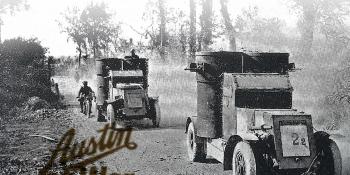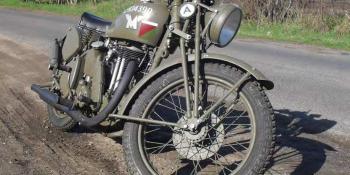With the day of the horse coming to a close after World War One, a grand military presentation ushered in the era of mechanisation, Richard Pullen reports
Prior to World War One, military chiefs put their faith in what they knew – the old ways of men and horses, a relationship that had worked perfectly well for them for many millennia.
As such, many generals were slow to see the potential of machines on the battlefield. But once World War One started, one machine soon began to dominate – the machine gun. The widespread adoption of this weapon led to other machines being invented to either counter it or overshadow it.
This vast proliferation of countermeasures resulted in the creation of the tank, but as the Armistice dawned, mechanisation had became an unstoppable race.
Mechanisation ensured that an enormous amount of tasks, previously thought impossible, could now be achieved – from moving things around fast, halting the enemy advance, deploying troops efficiently, spotting enemy guns or even dropping bombs on factories from overhead. The respective militaries of the day had all the resources they wanted, to create and test new machines for whatever role they were needed or required for.
As a con…




